
The last pagans of the North, who worshiped Odin and Torah, are still followed by the reputation of the honorable and fearless, sagas and myths are spun around them, and a mix of clichés provides them with immortal glory even today. On condition that they die in battle, they would go to Valhalla, the paradise of warriors, where the Valkyries served them mead. Who, historically speaking, were the Vikings and how true is their portrayal in contemporary culture?

Basic features of society
At the beginning, it should be noted that there were divisions among the Scandinavians, and the most famous were the Vikings, Normans and Varangians. However, today it has become common for all North Germanic peoples of the early Middle Ages to be called Vikings. They all communicated with each other in the Old Norse language (today it is most similar to Icelandic), used the runic script and were polytheists.

Poor life in the North has conditioned them to be extremely adaptable: both men and women were engaged in agriculture, livestock and fishing. They lived on rural estates, in simple ground-floor houses, about twenty meters long. Their clothes were simple and inconspicuous, they protected themselves from the cold with fur, and both sexes gladly wore conspicuous jewelry. Religion, physical appearance and physical fitness combined with mentality prepared them for warrior campaigns. They had a hierarchically organized social order: at the head of the society was the king (whose role model was the Frankish rulers), and the earls (high nobility) and chiefs ruled certain areas of the country. Although the family had a patriarchal character and men were rulers and warriors, Viking women had an important position, even taking on the role of head of the family in the absence of a husband. They were engaged in trade and crafts, and often participated in looting campaigns.
Polytheism, paganism and Valhalla
Pagans often offered sacrifices to the gods to gain their favor. The main gods were considered to be Odin, Thor and Frey. Odin was the supreme god, as well as the god of war who hosted the fallen warriors in Valhalla. His son Thor was the god of thunder, he influenced the wind and rain, and the villagers respected him very much. Frey was the god of fertility to whom they offered sacrifices for a rich harvest. His sister and namesake were considered the goddess of love. The insidious god Loki gave birth to monsters like the giant snake Midgard and the wolf Fenri, which were the greatest danger to the Vikings. In addition to various deities, they also believed in other mythical creatures, such as trolls, demons, dwarves, giants and the like. They had a clear picture of the cosmos that surrounds them, so there were Asgard (the court of the divine family of Asa), Midgard (the world of people), Utgard (the world of ice and cold). They also believed in the ruin of the world, that is, Ragnarek or the twilight of the gods, according to whose tradition all the forces of evil will fall on the world and destroy it. They relied on the power of the gods and magic to prevent that from happening. They did not have temples and priests, but they regularly performed sacrificial rituals: they offered gifts in the form of food, drink, people and animals. These rituals are considered the pagan forerunner of Christmas.
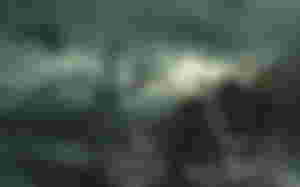
They often wore amulets, prophesied their destiny to wizards, and also practiced black magic. Valhalla or "Hall of the Fallen Warriors" was a warrior's paradise and as such the most famous mythological motif among the Vikings. It is believed that only warriors killed in battle could enter Valhalla, covered with spears and shields. Odin himself would host them there with lots of food and alcohol. They would fight each other, because they had to be prepared for Ragnarek. Entering the warrior's paradise was considered the greatest part of a Viking, so it is logical that they were all so fearless in battle, because after life on Earth, another one was waiting for them in Valhalla, where they would again have the opportunity to prove their heroism.
Posthumous customs had no less pagan features. The deceased would be burned: the peasants with a very modest mound, and the representatives of the nobility would be placed in a ship with weapons and gold, set on fire and printed. to the sea. In addition to the material gifts they provided, a human sacrifice was obligatory, whose body would be laid on the ship next to the deceased. It was believed that most of the dead went to Hel, the underground realm of the dead who did not die in battle.
Shipbuilding, raids and wars
The maritime skills of the Vikings were widely known. The first ship, built around 820, was 21 meters long. Before sailing, they would pray to the goddess Ran, the wife of the sea god Egir, who ruled the sea kingdom of the drowned under the sea. Although the sail was used a couple of centuries before the Viking Age, they improved it so that it became the most important part of the ship. The stern and bow (front and rear) of the ship were the same height, which allowed them to dock in shallower waters. Metal coats of arms and dragon heads on the bow complemented the look of the ships. It is still unknown how they orientated themselves at sea, except for the well-known fact that they did it with the help of the stars. They were the most skilled sailors of their time, which enabled them to discover new lands and conquer territories.
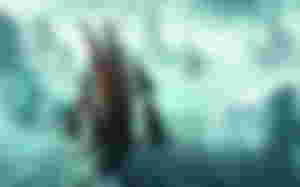
It is a misconception that the Vikings wore helmets with horns - they were worn long before the Viking Age. The warriors mostly wore their simple clothes - trousers and wide shirts tied with a belt at the waist. The slightly richer ones could afford a leather jacket and a hat, while only the representatives of the noble class had armored shirts or metal helmets. For protection, they used round wooden shields, which had an iron reinforcement in the middle of the arm, as well as hardware on the edge of the shield. They often painted them with bright colors or painted scenes from mythology and sagas. An ordinary soldier-peasant fought with a spear or an ax, and the others with short swords, knives, a bow and an arrow. Although they fought with scarce equipment, they won thanks to the tactics of sudden attacks, which were preceded by reconnaissance of the terrain. The so-called berzerkers, "those who wear bear skin", were unrestrained warriors, supposedly invulnerable and ruled by ancient magic. Various opiates became furious fighting machines that did not feel pain and that nothing could stop them. From the end of the 8th century until the middle of the 11th century, the Vikings spread around the world, starting from the British and Frankish coasts, and later to Iceland, the Faroe Islands and Greenland. Scandinavian merchants traveled further than that, all the way to Constantinople and Baghdad. The Vikings can thank this expansion for quality ships, brave warriors and a poor homeland. They fought in companies of a few dozen to a few hundred men, almost never in the formation of a real army. Their basic principle was profit. Because of her, they discovered new landscapes, met new cultures and very easily incorporated their heritage into their own. This is mostly indicated by linguistic changes throughout history. The biggest change was the acceptance of Christianity, although it took about 200 years for that to happen. Even after embracing the new faith, many Vikings continued to live the pagan way of life, between the two religions, and saw baptism as another step towards a richer life and good relations with European rulers.

Viking art and culture
Although at first glance this topic seems modest, the reality is the opposite. Let's start with the construction of Viking ships, filigree masterpieces of blacksmiths and woodcarvers. The artists were just craftsmen, who decorated ships, doors, gold and silver buttons, swords… The most famous are dragon heads on Viking ships. They had their own letter, runes, which were used in the north of Europe for more than 600 years, both for writing epigrams and for magical purposes. They were not suitable for writing longer texts, so the Vikings transmitted myths and sagas orally. Skaldi, a kind of poets, often recited their songs of praise intended for gods and rulers. The most famous skalds were the old man Bragi, Tjodolf from Hvin, Egil Skalagrimson, Gunlkaug Snake Tongue… The seagull's path in the songs represented the sea, the horse on the waves a Viking ship, and the battle was described as a collision of swords and Odin's storm.

Vikings in contemporary culture and music
Vikinzi su svojim mitovima i umetničkim delima postali poznati i van Skandinavije, a njihova zaostavština doživela je najveću ekspanziju u romantizmu u Nemačkoj. Nemački romantičari su se detaljno posvetili staroj nordijskoj književnosti. Tamo su Skandinavci, sve do 1945. godine, posmatrani kao istorijski krvni srodnici. Otprilike u isto vreme, sredinom XX veka, počinje trend vikinških romana u književnosti, koji je pokrenuo Šveđanin Frans G. Bengtson romanom “Pustolovine Rede Orma” (drugi naziv: “Dugi brodovi”), prema kome je snimljen istoimeni film. Ova tema je privlačila i ljubitelje stripa, te i danas imamo svima omiljenog Hogara Strašnog. Međutim, najpoznatija je triologija “Gospodar prstenova”, koju je 1954/55 napisao Dž. R. R. Tolkin.

He taught medieval English language and literature at Oxford, and at the same time he knew the Old Norse language and Icelandic literature of the Middle Ages well. All his knowledge culminated in the mentioned part, in which the character of Gandalf is closely connected with the god Odin. Viking sagas also found their way to the music of the 1980s, when elements of Nordic folk merged with heavy metal and resulted in Viking metal. The founder is considered to be the Swedish band Bathory with the album "Blood Fire Death", followed by the Norwegian bands Burzum and Enslaved, the Finnish Korpiklaani “
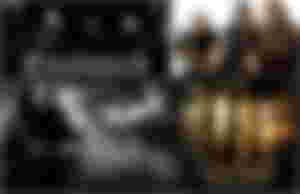
Today, popular culture is hard to imagine without the Vikings. The most recent example of this is the series "Vikings" produced by the History Channel, as well as the film "Viking" by Russian director Andrei Kravchuk. The only question left is how much they touch on historical realities. And are the savage people from the north also responsible for bringing back the beard among our men? Returning to nature and its original appearance? Don’t even get me started on that…
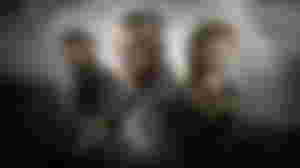
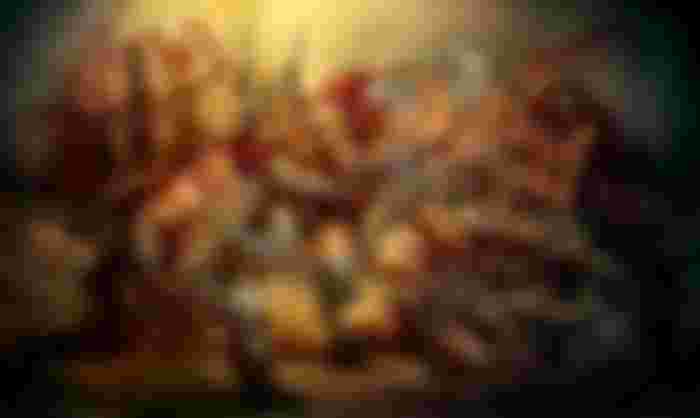
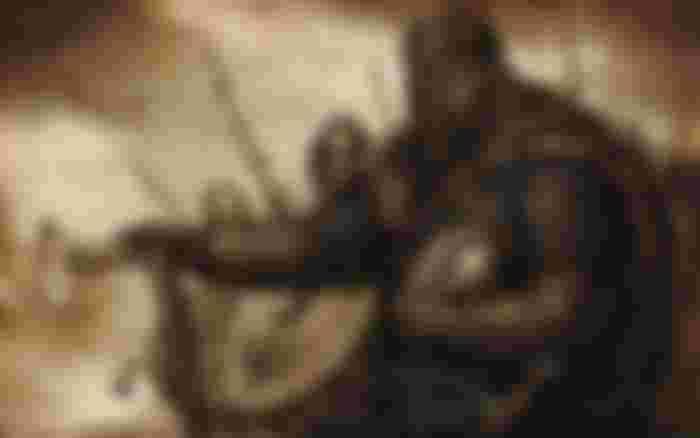

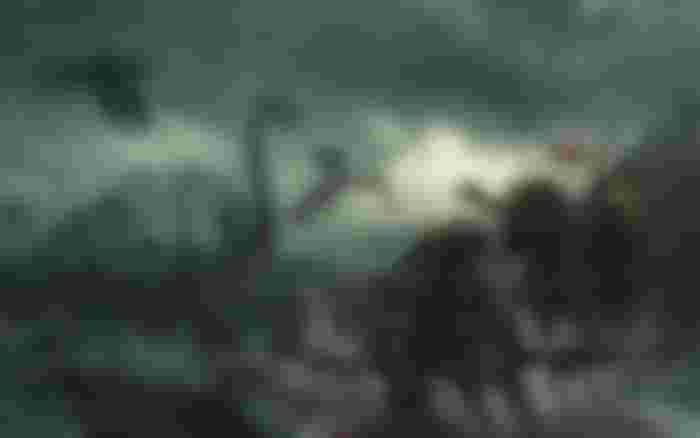
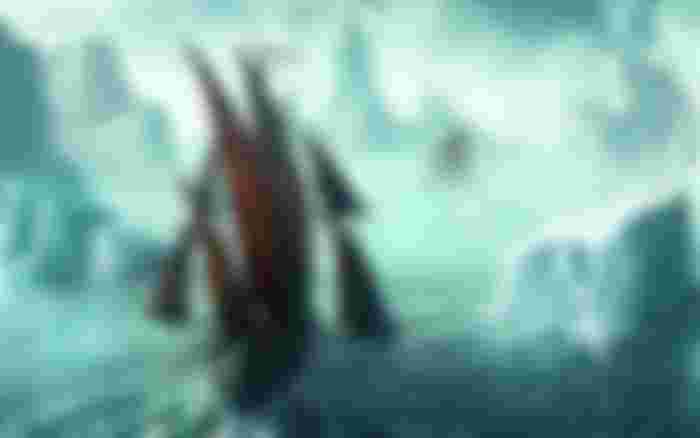
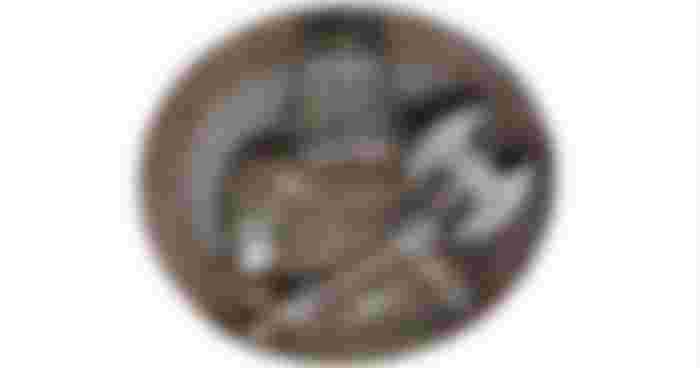


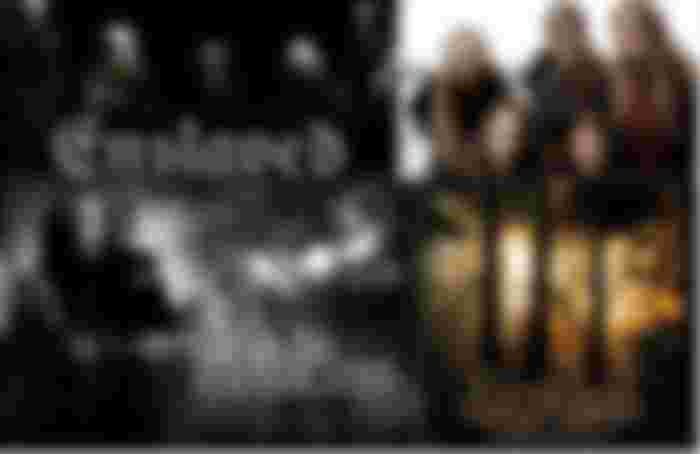
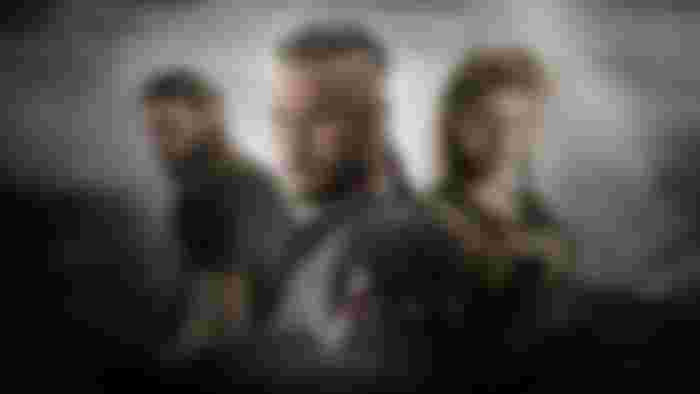
Even today we encounter pagan customs ...